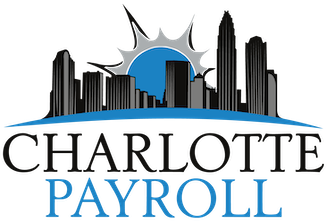The 1099 Independent Contractor
If you have been keeping up with the Charlotte Payroll Blog, we recently discussed the “2017 Workplace Trends”, in which we mentioned the blended workforce. The idea behind this concept is putting employees alongside independent contractors on a much more frequent level than what we have seen in recent years. So how do we differentiate between an employee, who receives a W2, and a contractor, who receives a 1099?
Per the IRS, a 1099 contractor defined-
“The general rule is that an individual is an independent contractor if the payer has the right to control or direct only the result of the work and not what will be done and how it will be done. The earnings of a person who is working as an independent contractor are subject to Self-Employment Tax.”
What this means is that an employee-employer relationship cannot exist in order for a 1099 to be issued. Control is the main idea relinquished by an employer with an independent contractor, with the “result of the work” being the only part of the job that can be controlled under this tax classification.
So why would an employer want to hire someone that they have very little control over? The simple answer, money. An employer can save big without having to contribute to local and federal taxes, as well as insurance, retirement plans, and work expenses while contracting a 1099 as opposed to an employee. Plus, terminating a contractor can be much easier than an employee considering the contracts, which can be changed to suite an employer.
So, what’s in it for the independent contractor you ask? Freedom, the freedom to work as much or as little as you would like, also being able to choose the jobs you want to work. The worker has the right to make their own hours and schedule, so long as they adhere to the finality of contract. Now granted your work expenses are not being covered by an employer, this includes supplies, travel arrangements and so on. But, being self-employed, you are able to write these items off come tax season. Pay rates also tend to be higher for 1099 workers due to the fact that there are less costs associated with this type of worker. As we discussed, fringe benefits and taxes are no longer coming out of the employer’s pocket.
For anyone trying to decide how to classify an employee, the best advice is to seek professional counsel and be transparent. Here at Charlotte Payroll we have a team of dedicated professionals that can answer all of your questions pertaining to the workforce. Check us out at https://www.charlottepayroll.com/.






